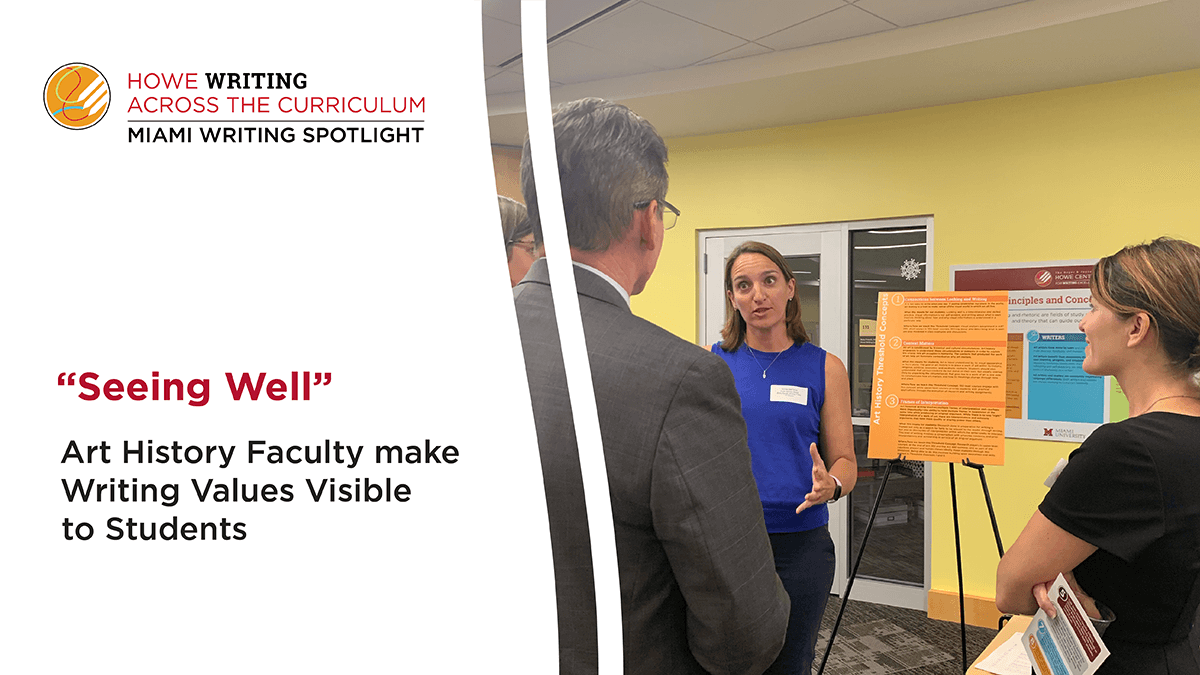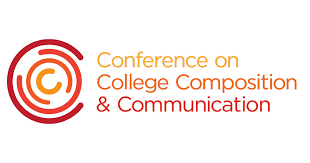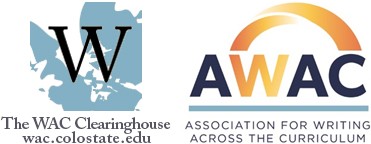"Seeing Well": Art History Faculty Make Writing Values Visible to Students
Making Knowledge Visible
Disciplinary writing guides begin as a “Mad Lib” activity in the Faculty Writing Fellows program in which participants are asked to fill in statements like, “We tend to write in genres such as _______” and “Professional writers in our field are understood to be credible when they ______.”
This activity allows faculty to synthesize the conversations from the first part of the program, when they work to make their own writing practices more visible to themselves. This process helps them recognize some of the invisible aspects of writing in their fields that they should share with students.
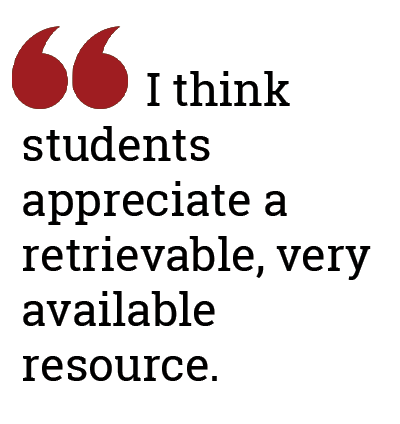 Through this reflective process, faculty often notice unstated aspects of writing that their own expertise hides from them. The Mad Libs activity is one way for faculty to begin making these hidden aspects more explicit to their students. It can then be revised into a concrete document that faculty can share with students.
Through this reflective process, faculty often notice unstated aspects of writing that their own expertise hides from them. The Mad Libs activity is one way for faculty to begin making these hidden aspects more explicit to their students. It can then be revised into a concrete document that faculty can share with students.
The Art History guide, for example, explains that art historians “value the complexity of seeing and the diversity of different ways of seeing,” which means they expect most writing in their field to directly address the subject or a work of art, to include “interpretive analysis” that is “backed by research from credible sources,” and to engage “with significant interpretive and theoretical frameworks.” The guide also includes a section on Locating and Engaging Credible Sources.
Assistant Professor Jordan Fenton is using the disciplinary guide in his advanced writing course (ART 285), which is taken by both art history majors and students from other disciplines. He said the department should have written a document like this “a long, long time ago.”
“It is so direct,” he said. “This is what we’re after.” He added that the online guide is something students can “fall back on” to reinforce the ideas discussed in class.
I think students appreciate a retrievable, very available resource,” he continued. “It repeats a lot of the things we’re trying to say, but in a very different way, and hearing it different ways, of course, is very helpful.”
Responding to Student Needs
In addition to annotated samples, the Art History disciplinary guide also includes a Quick Guide to Citations for Art Historical Writing created by Assistant Professor Annie Dell’Aria. This guide explains how “Citing your sources is more than an application of rules or the insertion of quotes” and identifies how footnotes work.
Dell’Aria said this guide was “inspired” by the Fellows program as well as concerns over using footnotes she heard from her students.
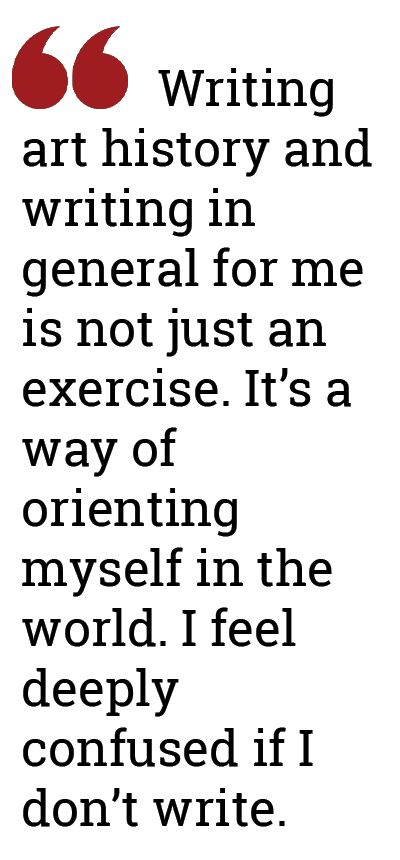 “I decided to make a guideline for using citations that had citations in it that were examples of what I was talking about,” she said, adding that she learned how to use footnotes as an undergraduate student by looking at readings she’d been assigned and copying what the readings did. She wants to encourage her students to learn writing through close reading, as well.
“I decided to make a guideline for using citations that had citations in it that were examples of what I was talking about,” she said, adding that she learned how to use footnotes as an undergraduate student by looking at readings she’d been assigned and copying what the readings did. She wants to encourage her students to learn writing through close reading, as well.
The disciplinary guide is just one way that art history faculty are making processes of their field visible to students. Fenton said participating in Fellows helped him “learn to be more open and honest with the process of writing” with his students. This means both making unstated conventions visible, but also sharing his own writing struggles and victories, an approach Stetler said she wanted to adopt to help get students invested in what they write.
“Writing art history and writing in general for me is not just an exercise,” she said. “It’s a way of orienting myself in the world. I feel deeply confused if I don’t write."
In addition to the Art History Disciplinary Writing Guide, you can also see Disciplinary Writing Guides for other departments who have participated in the Faculty Fellows Program on the HCWE website. Looking at multiple guides on the HCWE website can help illustrate disciplinary similarities and differences. The annotated writing samples included in the Art History and Anthropology Writing Guides, for example, make their differing writing practices and values more clear. Seeing the valued practices of other disciplines is a key part of naming one's own values and practices.
The HCWE is taking applications for Fellows teams for Fall 2020. Anyone interested should contact Elizabeth Wardle for more information.
Howe Writing Across the Curriculum Programs
The mission of the Howe Writing Across the Curriculum Programs is to ensure that all Miami faculty and graduate teaching assistants can effectively include writing as a means to support learning in their courses and programs.
